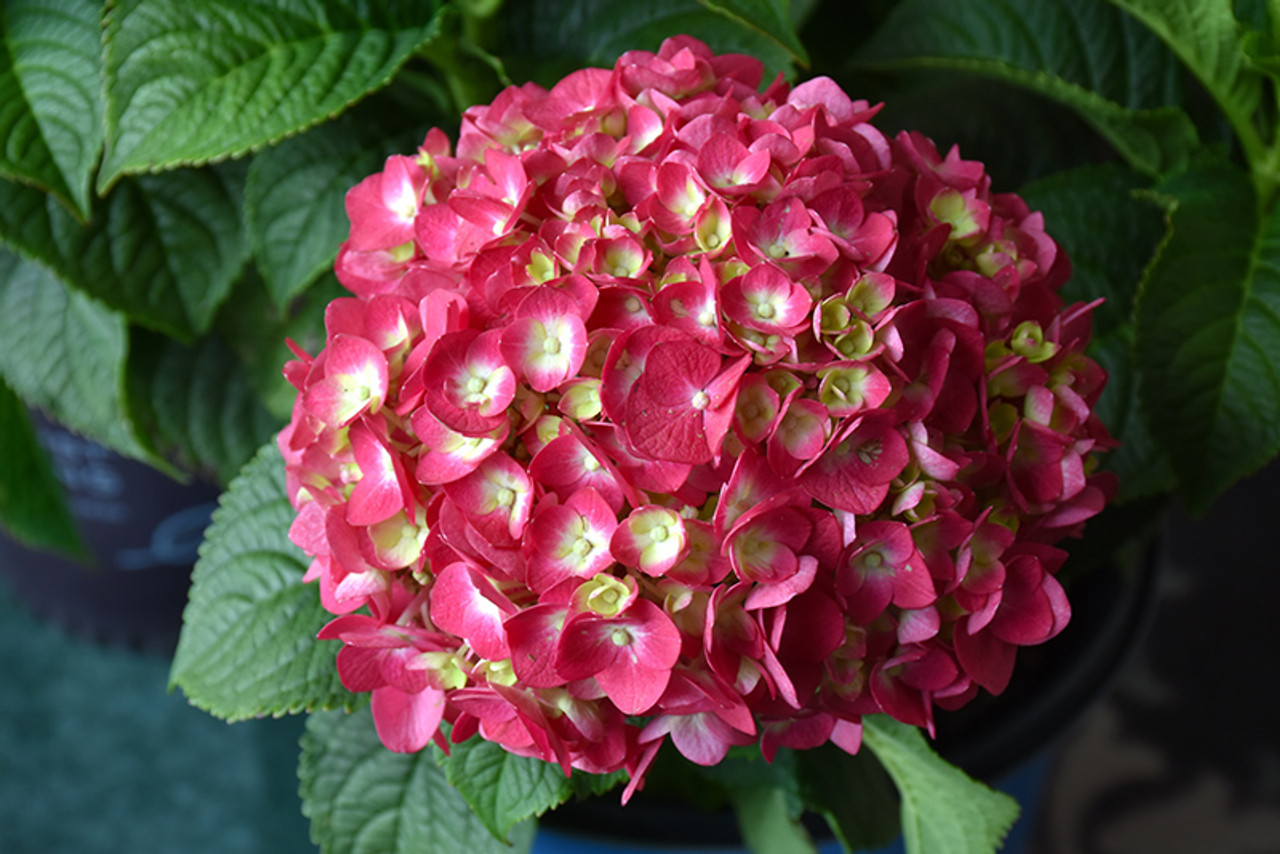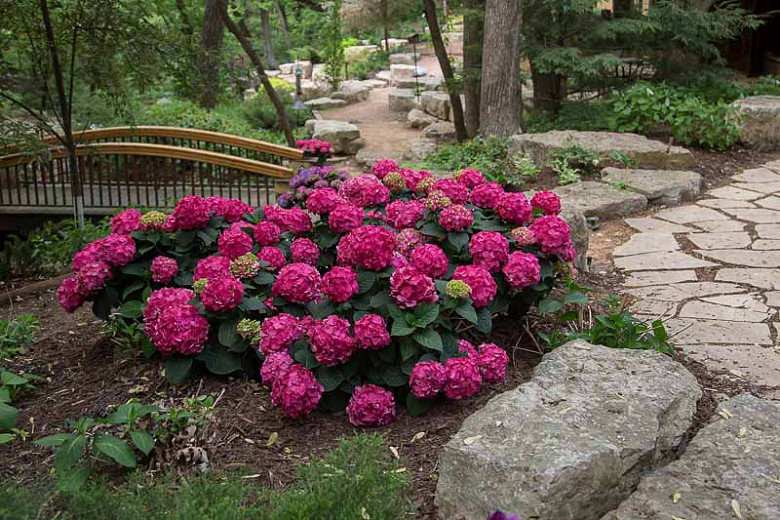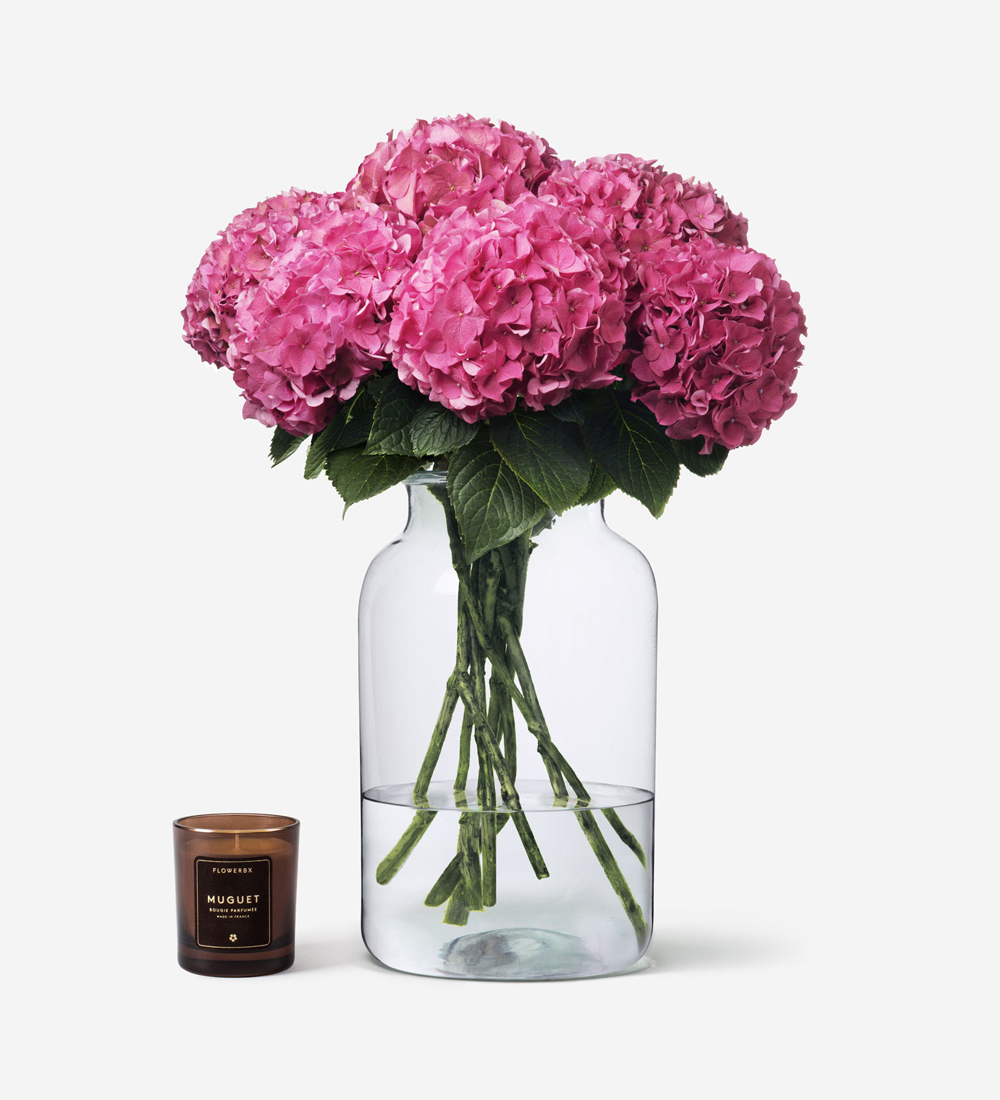Crush Hydrangeas: The Ultimate Guide To Growing And Caring For These Stunning Blooms
Crush Hydrangeas: The Ultimate Guide to Growing and Caring for These Stunning Blooms
Crush Hydrangeas are a beautiful and versatile type of hydrangea that is known for its vibrant pink and blue blooms. They are relatively easy to grow and care for, making them a great choice for gardeners of all levels.
In this blog post, we will provide you with the ultimate guide to growing and caring for Crush Hydrangeas. We will cover everything from choosing the right location to planting and pruning, as well as tips on how to keep your plants healthy and thriving.
Choosing the Right Location
Crush Hydrangeas prefer full sun to partial shade. They will tolerate some direct sunlight, but too much sun can scorch their leaves and blooms. If you live in a hot climate, it is best to plant your Crush Hydrangeas in a spot that gets morning sun and afternoon shade.
Crush Hydrangeas also prefer moist, well-drained soil. If your soil is sandy or clayey, you will need to amend it with compost or peat moss to improve drainage.
Planting
The best time to plant Crush Hydrangeas is in the spring or fall. When planting, dig a hole that is twice as wide as the root ball of your plant. Backfill the hole with amended soil and water well.
Pruning
Crush Hydrangeas can be pruned in the spring or fall. If you prune in the spring, you will be removing any dead or damaged branches. If you prune in the fall, you will be shaping your plant and removing any spent blooms.
Fertilizing
Crush Hydrangeas should be fertilized in the spring and fall. Use a balanced fertilizer, such as 10-10-10, and follow the directions on the label.
Watering
Crush Hydrangeas need regular watering, especially during the first year after planting. Water deeply once a week, or more often if the weather is hot and dry.
Winter Protection
In cold climates, Crush Hydrangeas may need some winter protection. Mulch around the base of your plants with a layer of 2-3 inches of organic matter, such as pine needles or bark chips. You may also need to cover your plants with a burlap sack or other protective covering.
Troubleshooting
If your Crush Hydrangeas are not blooming, there are a few possible reasons. First, make sure that your plants are getting enough sun. They also need moist, well-drained soil. If your soil is too dry, your plants may not be able to produce blooms.
Another possible reason for no blooms is that your plants are not getting enough fertilizer. Fertilize your plants in the spring and fall with a balanced fertilizer.
Finally, if your plants are not getting enough water, they may not be able to produce blooms. Water your plants deeply once a week, or more often if the weather is hot and dry.
Conclusion
Crush Hydrangeas are a beautiful and versatile type of hydrangea that is relatively easy to grow and care for. With a little bit of TLC, your Crush Hydrangeas will reward you with stunning blooms for years to come.
The Summer Crush hydrangea is a beautiful and versatile plant that can add a touch of color and elegance to any garden. It is a reblooming variety, which means that it will bloom twice in a season, once in the summer and again in the fall. The flowers are a deep raspberry red or neon purple, and they are borne on large, showy panicles.
Summer Crush hydrangeas are relatively easy to care for. They prefer full sun to partial shade and moist, well-drained soil. They should be watered deeply once a week, and they may need to be fertilized in the spring.
If you are looking for a beautiful and easy-to-care-for hydrangea, the Summer Crush is a great option. For more information about this plant, please visit Garden Wiki.
FAQ of crush hydrangea
Q: What is crush hydrangea?
A: Crush hydrangea is a type of hydrangea that is known for its crushed-petal effect. The flowers of this hydrangea are typically a light pink or blue, and they have a delicate, cascading appearance. Crush hydrangeas are relatively easy to care for, and they make a beautiful addition to any garden.
Q: How do I care for crush hydrangea?
A: Crush hydrangeas prefer full sun or partial shade, and they need well-drained soil. They should be watered regularly, but they should not be overwatered. Crush hydrangeas are hardy in USDA zones 4-9, and they can be propagated by cuttings or division.
Q: Why are my crush hydrangeas not blooming?
A: There are a few reasons why your crush hydrangeas might not be blooming. One possibility is that they are not getting enough sunlight. Crush hydrangeas need at least 6 hours of sunlight per day. Another possibility is that the soil is not acidic enough. Crush hydrangeas prefer soil with a pH of 5.5-6.5. Finally, it is also possible that your crush hydrangeas are not getting enough fertilizer. They should be fertilized in the spring and fall with a fertilizer that is specifically designed for hydrangeas.
Q: How do I prevent my crush hydrangeas from turning brown?
A: There are a few things you can do to prevent your crush hydrangeas from turning brown. First, make sure that they are getting enough water. Crush hydrangeas need to be watered regularly, especially during hot, dry weather. Second, make sure that the soil is not too alkaline. Crush hydrangeas prefer soil with a pH of 5.5-6.5. Finally, you can also apply a foliar fertilizer to your crush hydrangeas. This will help to keep the leaves healthy and prevent them from turning brown.
Q: How do I deadhead crush hydrangeas?
A: Deadheading is the process of removing spent flowers from a plant. This helps to encourage new flower growth and prevent the plant from becoming infested with pests or diseases. To deadhead crush hydrangeas, simply pinch off the spent flowers at the base of the stem. You can also use a pair of scissors to cut off the spent flowers.
Image of crush hydrangea
5 different images of "crush hydrangea" from Pinterest:
- A close-up of a single crush hydrangea flower, showing the delicate petals and the deep pink color.

- A cluster of crush hydrangea flowers in full bloom, against a backdrop of green leaves.
- A full-size crush hydrangea bush, with its cascading flowers in shades of pink, blue, and purple.

- A landscaped garden with several crush hydrangea bushes, in bloom in different shades of pink.

- A vase of cut crush hydrangea flowers, arranged in a simple vase.

Post a Comment for "Crush Hydrangeas: The Ultimate Guide To Growing And Caring For These Stunning Blooms"